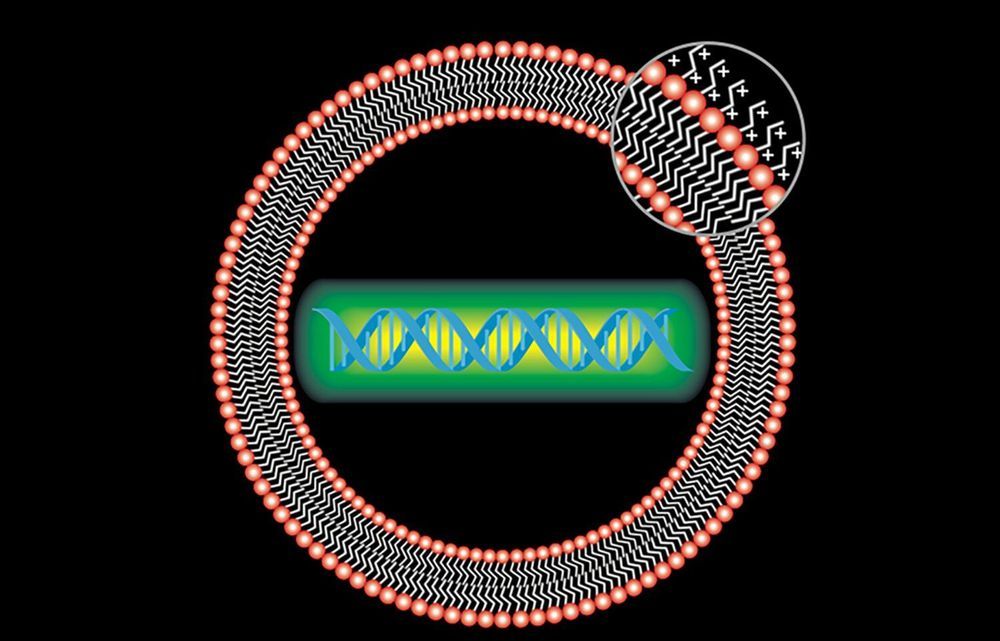Jun 4, 2020
Scientists aim gene-targeting breakthrough against COVID-19
Posted by Quinn Sena in categories: bioengineering, biotech/medical, chemistry, genetics, nanotechnology
A team of scientists from Stanford University is working with researchers at the Molecular Foundry, a nanoscience user facility located at the Department of Energy’s Lawrence Berkeley National Laboratory (Berkeley Lab), to develop a gene-targeting, antiviral agent against COVID-19.
Last year, Stanley Qi, an assistant professor in the departments of bioengineering, and chemical and systems biology at Stanford University and his team had begun working on a technique called PAC-MAN—or Prophylactic Antiviral CRISPR in human cells —that uses the gene-editing tool CRISPR to fight influenza.
But that all changed in January, when news of the COVID-19 pandemic emerged. Qi and his team were suddenly confronted with a mysterious new virus for which no one had a clear solution. “So we thought, ‘Why don’t we try using our PAC-MAN technology to fight it?’” said Qi.

















